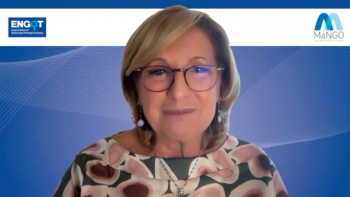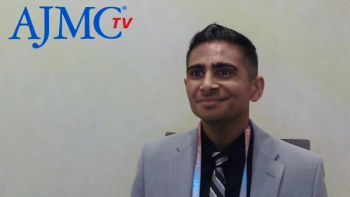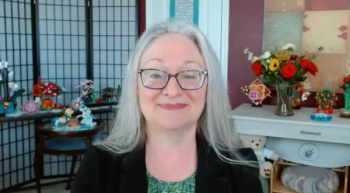
Engaging Specialty Practices and Promoting Population Health

Carol R. Regueiro, MD, MSc, of Allegheny Health Network, highlights how the Physician Partners of Western PA practice support model has successfully engaged specialty practices to enhance patient connections and promote a population health perspective.
In the final clip of our interview, Carol R. Regueiro, MD, MSc, director of complex care transformation at
Looking ahead, Regueiro emphasizes the need for increased staffing in specialty practices to better support data mining and outreach efforts, similar to the resources available to primary care teams.
This transcript has been lightly edited for clarity.
Transcript
Overall, what has this model helped PPWPA accomplish? Moving forward, are there specific areas for improvement PPWPA is focusing on?
I think it's really helped us leverage the specialty practices' insights into areas of opportunity, and it's really helped us reach a different group of patients that might really not come into primary care much in our MSSP [Medicare Shared Savings Program] group, just using specialty care and getting them connected better.
I think it's also been really helpful to facilitate and accelerate a cultural shift in specialty care to understand population health perspectives. Primary care is understood—whether any of us have liked it or not, being a primary care physician—that you're responsible for patients, even those who aren't necessarily doing what's prescribed, even those who may not be in your office, and that takes a different mindset. I think that's been useful to bring that forward to the specialists.
It's also allowed us to work with specialists on working with claims data. That, too, everyone knows it has its limitations, but it also has some insights we can glean. So we've been able to help the specialists get more familiar with some of this data they may not have received more regularly. Most of the data that's coming to practices currently tends to come to the primary care practices about cost and quality. I think it's helped them be more proactive in terms of what is helping us identify better approaches to solving some of the issues we have.
What we're looking for in the future, I think, is understanding that specialty practices don't currently have the same personnel to do data mining and population health outreach as we've provisioned to our primary care groups. We have a virtual team that wraps around the patients in specialty care, but they are not currently staffed to the size of covering all the patients to the same degree as the primary care patients.
There is no current field team, which we have for primary care that goes out and tells people where the opportunities might be, so that's something that we would be trying to line up for the future.
Newsletter
Stay ahead of policy, cost, and value—subscribe to AJMC for expert insights at the intersection of clinical care and health economics.















































